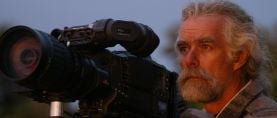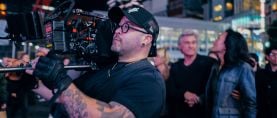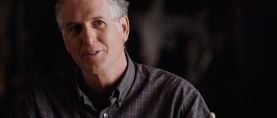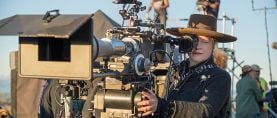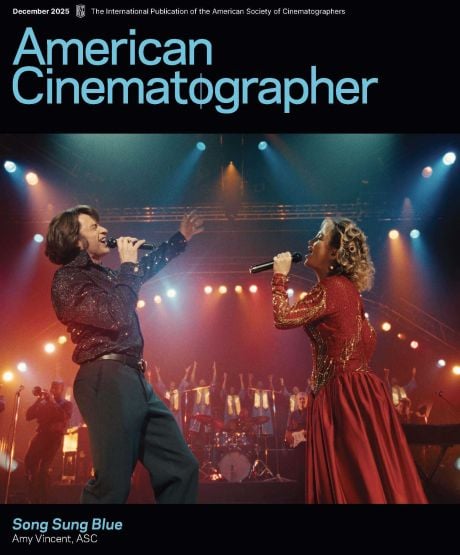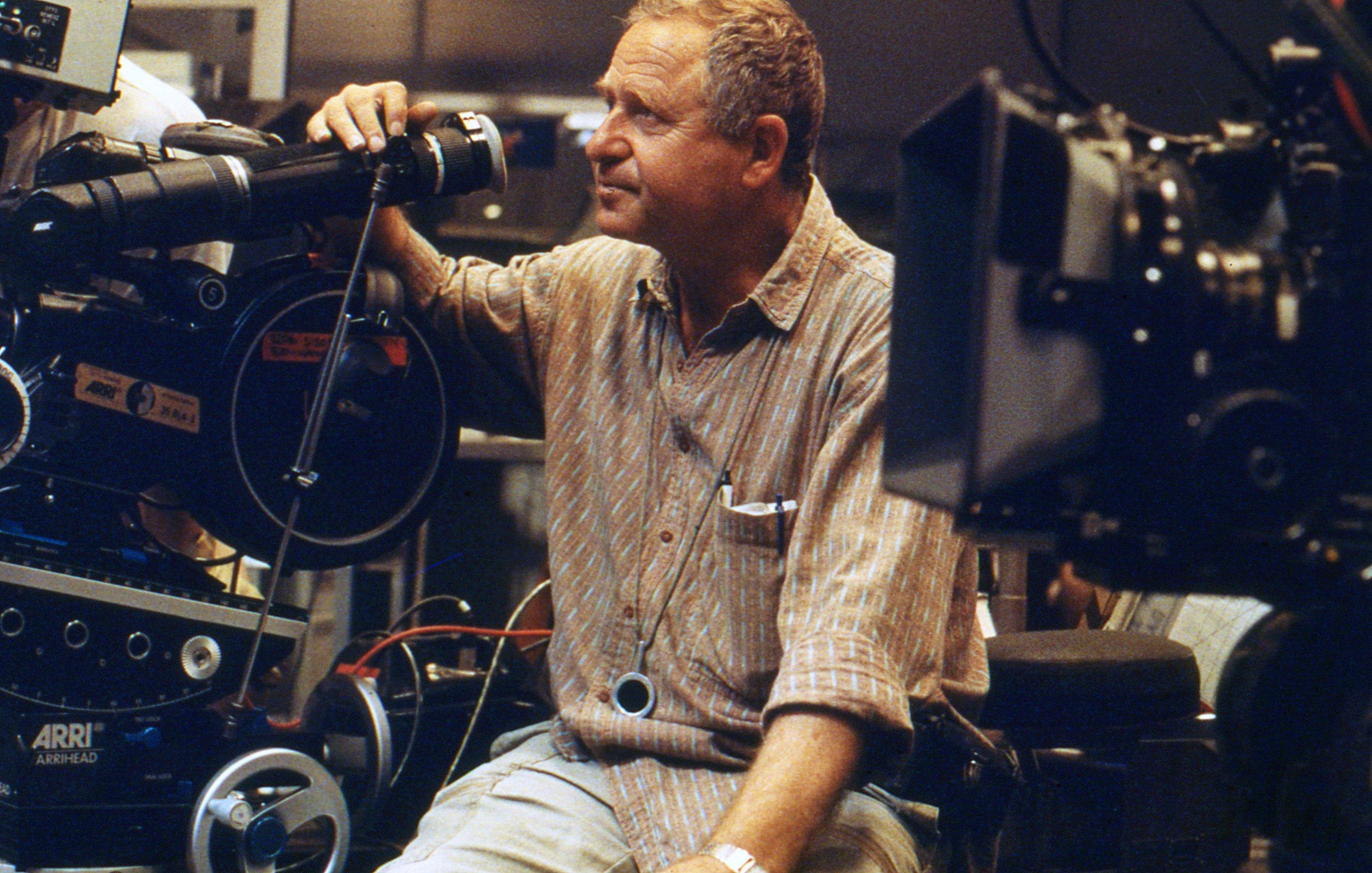
In Memoriam — Adam Greenberg, ASC (1937-2025)
The cinematographer's feature credits included The Big Red One, The Terminator, La Bamba, Near Dark, Eraser, Rush Hour and Sphere.
Adam Greenberg, ASC, whose prolific contributions to Israel’s film industry in the 1960s and 1970s laid the foundation for a long, fruitful career behind the camera in America, died Oct. 30 at the age of 88. He received Academy and ASC award nominations for Terminator 2: Judgment Day, and an ASC Award nomination for Ghost. His feature credits included The Big Red One, The Terminator, La Bamba, Near Dark, Three Men and a Baby, Toys, Dave, First Knight, Eraser, Rush Hour
and Sphere.
Born in Krakow, Poland, on April 11, 1937, Greenberg was raised in Israel and was a passionate still photographer in his youth. Working as a film-lab technician in Tel Aviv for three years sharpened his technical skills — and also gave him access to copies of American Cinematographer — and soon, he was shooting newsreels with short ends. An internship on producer David Perlov’s celebrated documentary short In Jerusalem led to many jobs behind the camera on Israeli documentaries and features; Greenberg quickly moved up to cinematographer and had dozens of such credits to his name by the time he shot his first U.S. feature, Samuel Fuller’s The Big Red One, a World War II drama filmed mostly in Israel.
Though three of Greenberg’s Israeli feature credits received Oscar nominations for Best Foreign Language Film (I Love You Rosa, The House on Chelouche Street and Operation Thunderbolt), and despite his acclaimed work with Fuller, the cinematographer scraped for work when he moved to Los Angeles in 1981. “I had no job and no promises and very few connections,” he told AC. “I visited very agent in town. No one encouraged me.” Persistence led to his first low-budget feature, and then Cameron came calling with the non-union production The Terminator.
“I almost didn’t have a crew,” Greenberg said of the film. “I had three or four electricians, only one of whom was a professional. All the others … had not done a movie before. Because of that, I needed to have a vision, a concept.”
Filmed in 48 days for less than $7 million, The Terminator became a sensation. It also came in two days under schedule. In a statement published shortly after Greenberg’s death, Cameron noted that he “learned so much from Adam, not just about cinematography, but about the spirit of independent production … [he] had done scores of films when I worked with him on my first, and his scrappy, can-do spirit has been a guiding light for me ever since, even on the biggest of productions.” When the highly anticipated sequel T2 hit screens seven years later, it set new high-water marks for action and visual effects, including extensive rear-projection work with striking verisimilitude.
Greenberg became an ASC member in 1990, after his name was put forward by Allen Daviau, Isidore Mankofsky and Frank Raymond.
Whenever Greenberg signed onto a film, he became obsessed with it, and solutions often came to him in dreams. “I’m always in love with and thinking about the movie … I wake up with new thoughts and ideas. The best ideas come at 2:30 in the morning.” At leisure, he remained rigorously attentive to the visual details of his environment. In 2006, he told AC that on frequent flights to visit his daughter, he became intrigued by the possibility of shooting a movie on a commercial aircraft on film using only practical and available light. His final studio feature, the horror/comedy hybrid Snakes on a Plane, gave him an opportunity to try. “I jumped on it because I already had this visual concept in my head,” he said. With 90 percent of the story set aboard a fateful flight swarming with 600 live snakes and their CG counterparts, Greenberg strategized a largely practical lighting scheme that delivered seven different looks as events unfolded. Thanks to careful planning and pre-rigging, the production maintained 10-hour days.
